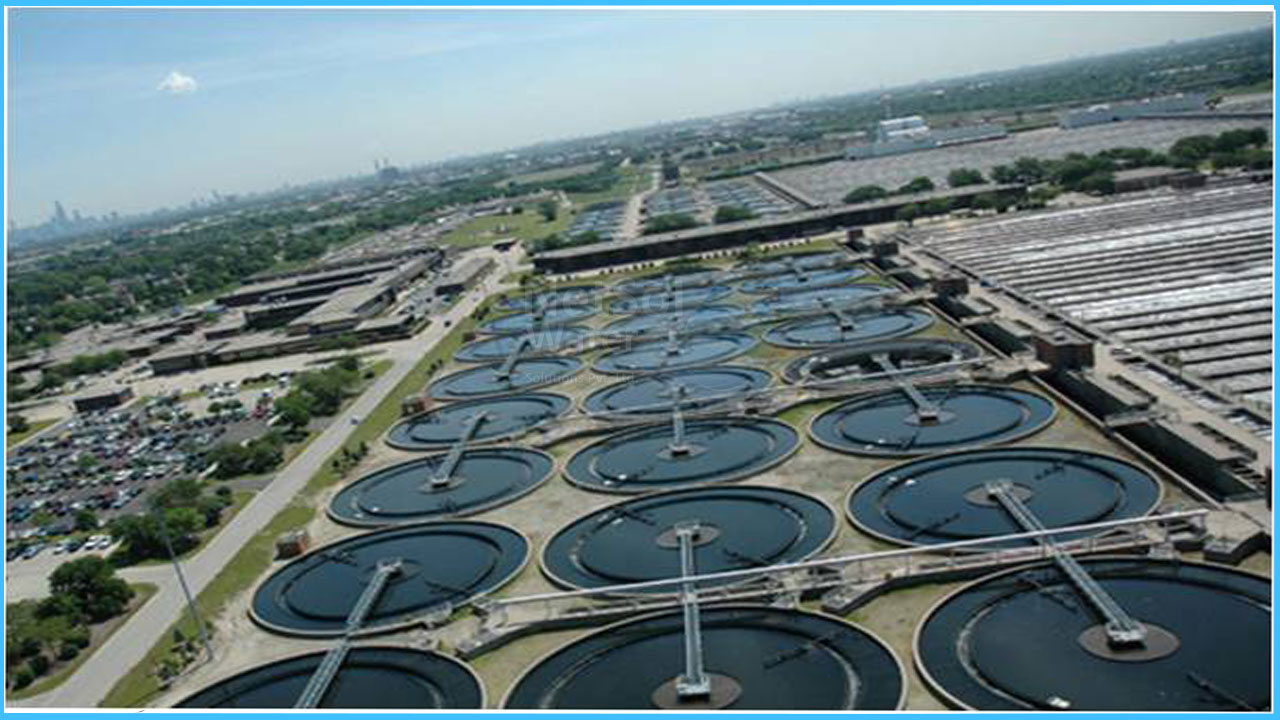WHAT IS SEWAGE TREATMENT PLANT?
Sewage treatment is a form of wastewater treatment that removes impurities from sewage to generate an effluent that can be discharged to the environment or reused, preventing water pollution from raw sewage discharges. Sewage is made up of wastewater from homes and businesses, as well as perhaps pre-treated industrial waste. There are numerous sewage treatment processes from which to choose. Decentralized systems (including on-site treatment systems) to huge centralized systems incorporating a network of pipelines and pump stations (referred to as sewerage) that transport sewage to a treatment plant are examples.
A sewage treatment plant works by circulating air to encourage bacteria growth in order to break down sewage. The idea is to produce effluent that is cleaner and more environmentally friendly. It works in a similar way to a traditional septic tank, but with a few important modifications. Sewage treatment plants can treat the waste of commercial buildings or a large number of household residences, depending on their size.
The general goal of sewage treatment is to generate an effluent that can be discharged to the environment with little water pollution, or an effluent that can be reused in a useful manner. This is accomplished by filtering the sewage for pollutants. It's a type of garbage disposal.
The treatment objectives for biological sewage treatment can range from transforming dissolved and particulate biodegradable components (organic matter) into acceptable end products to transforming and removing nutrients (nitrogen and phosphorus), removing or inactivating pathogenic organisms, and removing specific trace organic constituents (micro-pollutants).
HOW DOES A SEWAGE TREATMENT PLANT WORK?
A sewage treatment facility breaks down solid waste using internal mechanisms to produce a cleaner, more ecologically friendly effluent.
- 1. The primary tank receives wastewater and sewage, which disperses the sediments and liquids. The liquor that results is pumped into the biozone chamber. A pump circulates air through the chamber, encouraging friendly microorganisms to condense the organic materials. The result is broken down and purified as a result of this.The trash that remains after passing through the last waste chamber is 95 percent clean and ready to be disposed of in local ditches or soakaway systems, pending approval from the appropriate environmental agency.
- 2. Wastewater and sewage are pumped into the primary settling tank, where particles and liquids separate and the liquor flows into the biozone chamber, frequently from multiple properties. A pump aerates the waste in the chamber, encouraging helpful bacteria to consume the organic materials and break it down, purifying it.
- 3. The effluent is normally 95 percent clean as it leaves the final chamber, known as the humus chamber, and is ready for discharge into local watercourses, ditches, or land drainage systems, subject to Environment Agency approval.
- 4. CSG specializes in the upkeep of small-scale sewage treatment plants, ensuring that mechanical components are in perfect working condition through routine maintenance. Sewage Treatment Plants must also be emptied at least once a year to keep the system free of sludge that naturally builds up over time.
- 5. For homeowners who need their Sewage Treatment Plant maintained or serviced, or simply need some help or guidance from the professionals in domestic sewage collection, Netsol provides a quick, friendly, and effective service.




